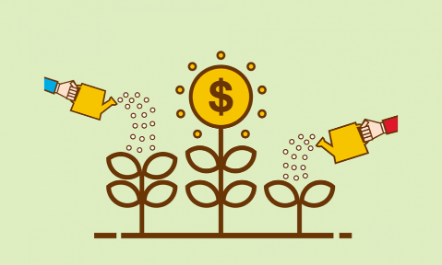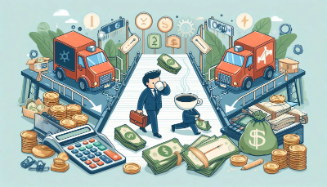Will Inflation Continue in 2025? Economic Trends & Future Predictions
Inflation has been a persistent issue, impacting households, businesses, and investments. As we move through 2025, economists are analyzing whether inflation will continue or ease. Learn about key trends, economic policies, and what you can do to safeguard your finances.
Inflation remains a key concern in 2025. Explore current economic trends, expert predictions, and strategies to protect your wealth from rising prices.
Introduction – Inflation’s Impact in 2025
Inflation has dominated financial discussions over the past few years, affecting prices, wages, and investment decisions. As we progress through 2025, consumers and investors alike are wondering—will inflation persist, or are we seeing signs of economic stability?
The Current State of Inflation in 2025
Inflation rates remain a major concern globally. Some key economic indicators include:
- Consumer Price Index (CPI): A primary measure of inflation, CPI reflects the average price increase in goods and services.
- Producer Price Index (PPI): This measures wholesale prices and indicates potential future cost increases for consumers.
- Wage Growth vs. Inflation: While wages have risen in some sectors, inflation continues to outpace earnings in many industries.
Central banks worldwide are closely monitoring inflation trends and implementing policies to stabilize economies.
Key Factors Driving Inflation in 2025
Several factors influence inflation rates this year:
- Supply Chain Disruptions: Continued global trade issues impact manufacturing and product availability.
- Energy Prices: Oil and gas costs remain unpredictable, influencing transportation and production expenses.
- Labor Market Conditions: A tight labor market with rising wages contributes to higher prices.
- Government Policies: Fiscal stimulus measures and interest rate adjustments play a crucial role in controlling inflation.
How Inflation Affects Consumers & Businesses
The effects of inflation can be seen across different sectors:
- Housing Market: Rising mortgage rates make homeownership more expensive.
- Grocery & Essential Goods: Food prices continue to climb, affecting household budgets.
- Investment Returns: Stock market volatility increases, with investors seeking safe-haven assets.
- Small Businesses: Higher costs for materials and labor force businesses to raise prices.
Central Bank Strategies to Tame Inflation
Governments and financial institutions are implementing various measures:
- Raising Interest Rates: Higher borrowing costs help slow down excessive spending.
- Monetary Tightening: Reducing the money supply to prevent excessive economic overheating.
- Supply Chain Initiatives: Efforts to stabilize production and logistics.
Despite these interventions, inflation remains uncertain, requiring individuals to stay financially prepared.
Will Inflation Continue or Decline in 2025? Expert Predictions
Economists remain divided on whether inflation will persist or ease. Some potential scenarios include:
- Persistent Inflation: Continued high prices due to structural economic changes.
- Gradual Decline: Central bank measures could stabilize inflation by mid-to-late 2025.
- Deflationary Risks: If aggressive rate hikes slow economic activity too much, deflation could become a concern.
How to Protect Your Finances from Inflation in 2025
Regardless of inflation trends, individuals can take steps to safeguard their wealth:
- Invest in Inflation-Protected Assets: Treasury Inflation-Protected Securities (TIPS), commodities, and real estate.
- Diversify Income Sources: Consider side hustles or alternative investments.
- Lock in Fixed-Rate Loans: Protect yourself from rising interest rates.
- Reduce Discretionary Spending: Focus on essential expenses and savings.
Staying Financially Resilient in 2025
While inflation remains a key issue, being proactive in financial planning can help individuals and businesses weather economic uncertainties. Staying informed about economic trends and making smart financial choices will be crucial in navigating the evolving financial landscape.








